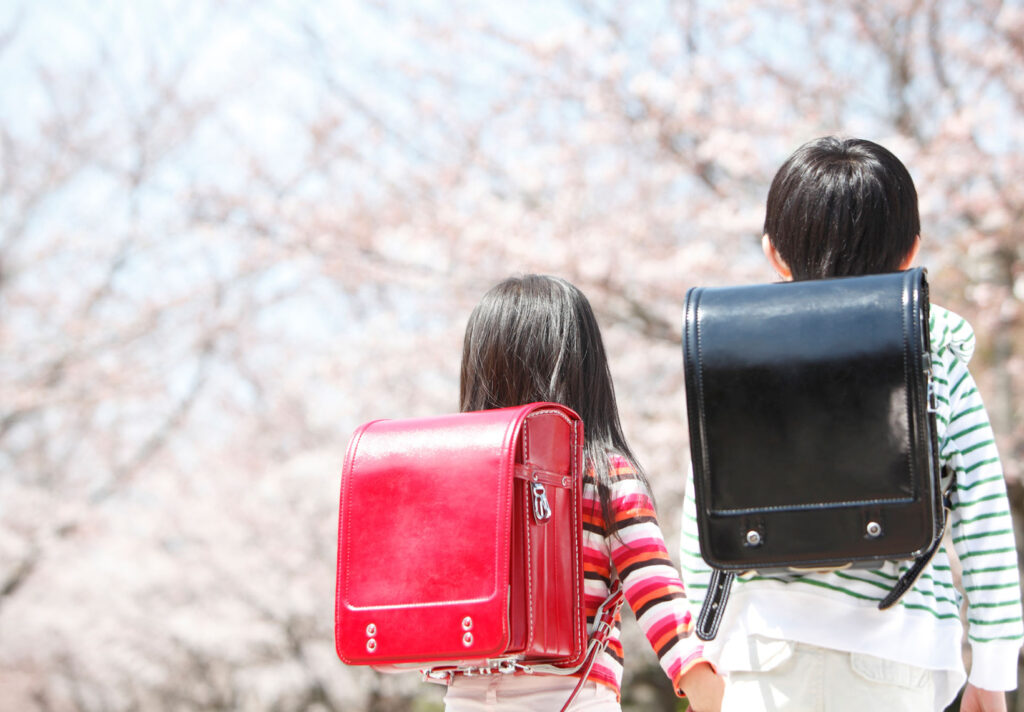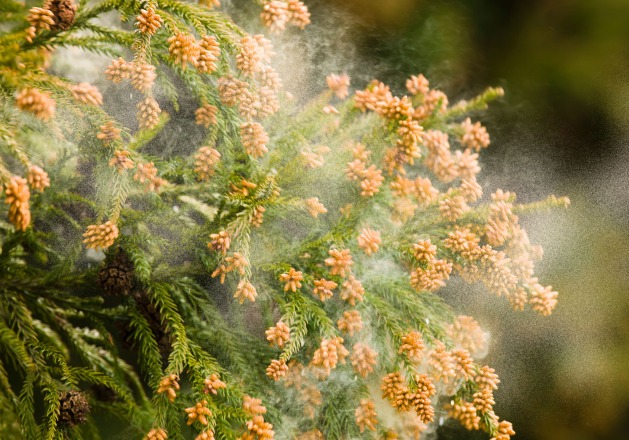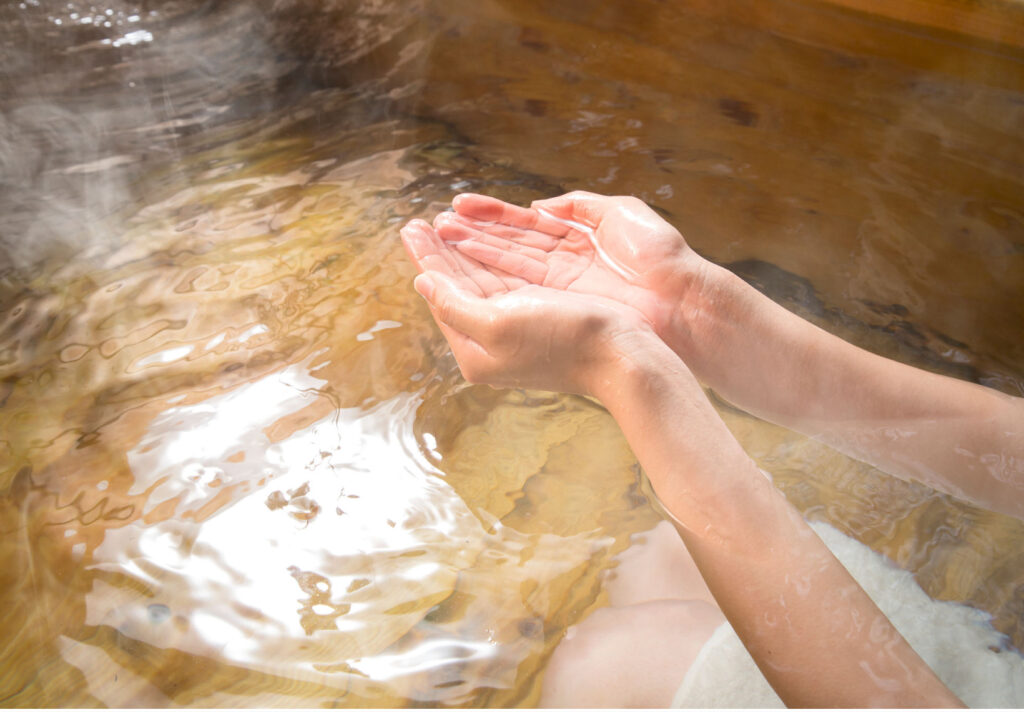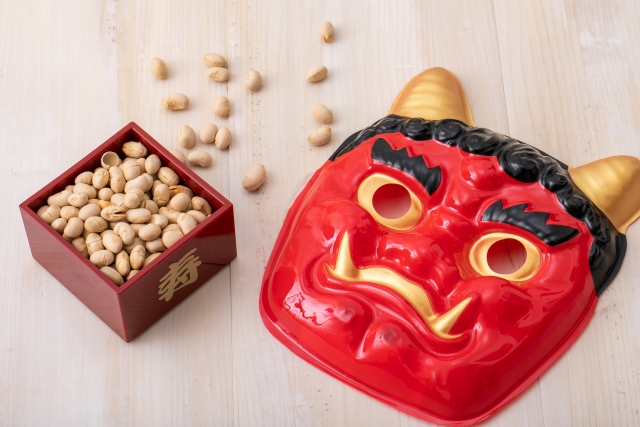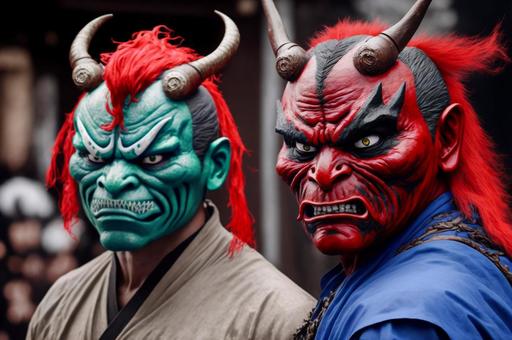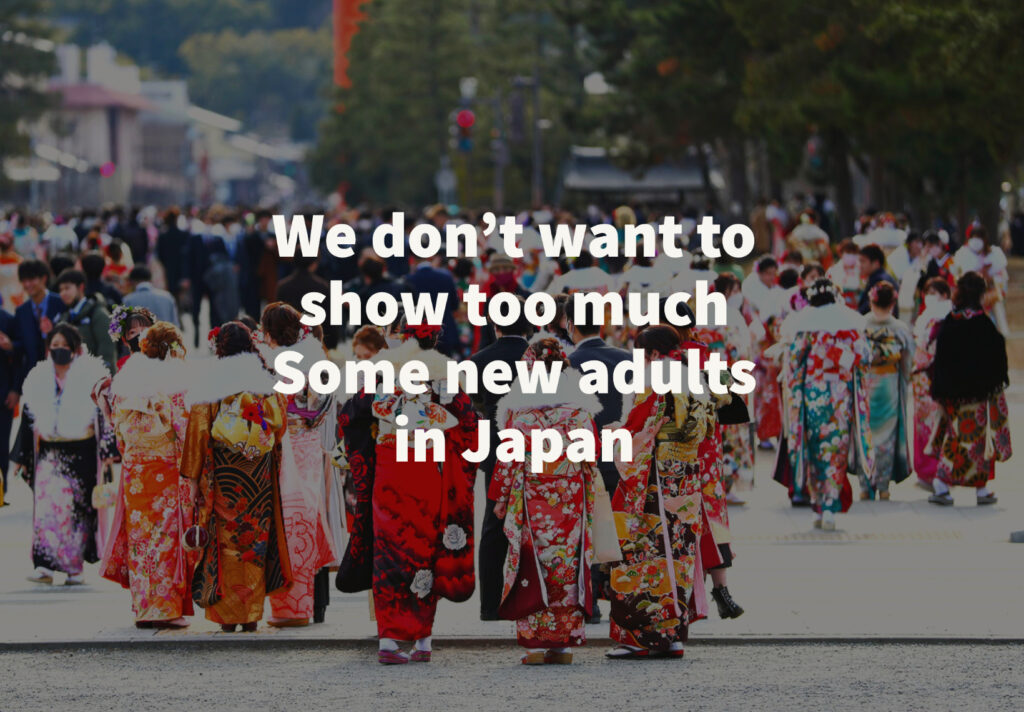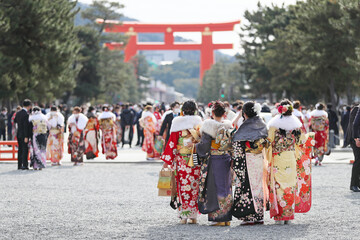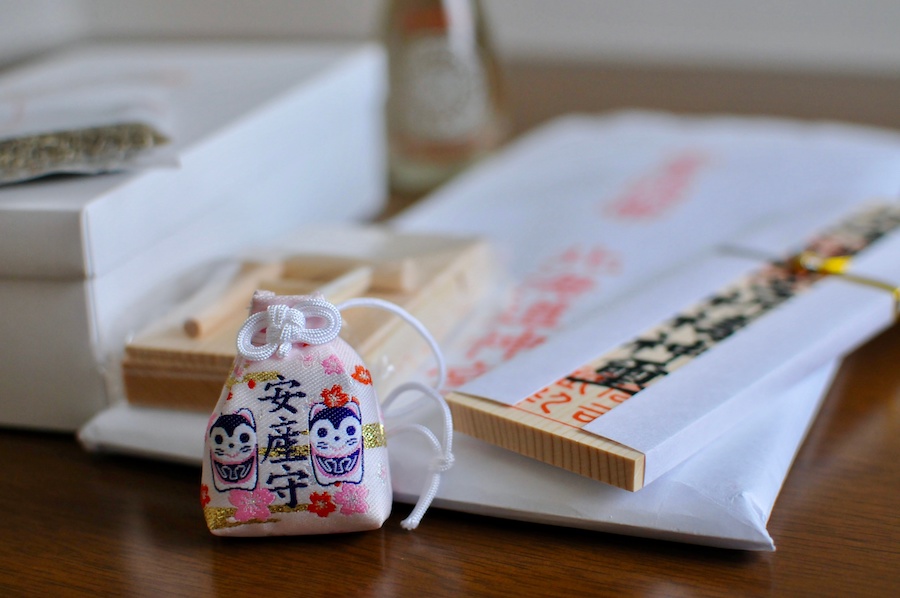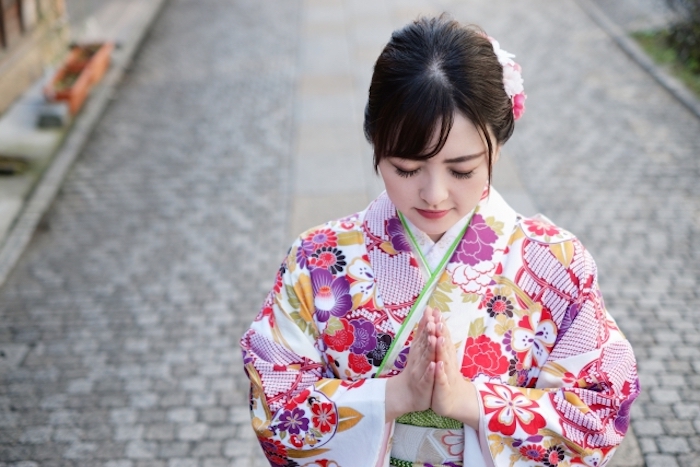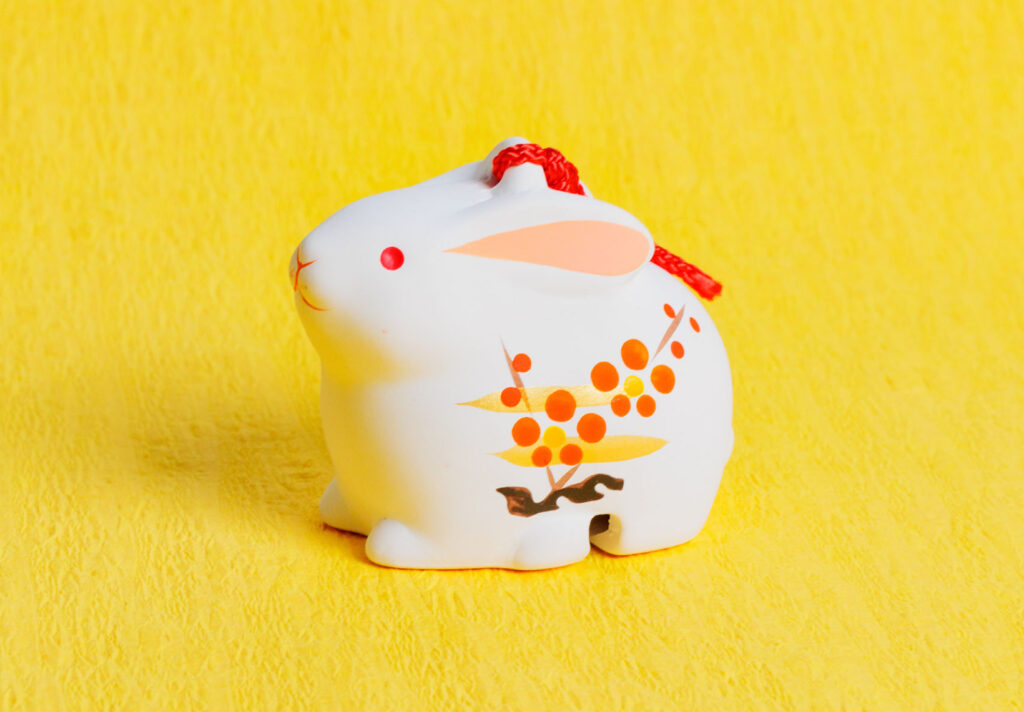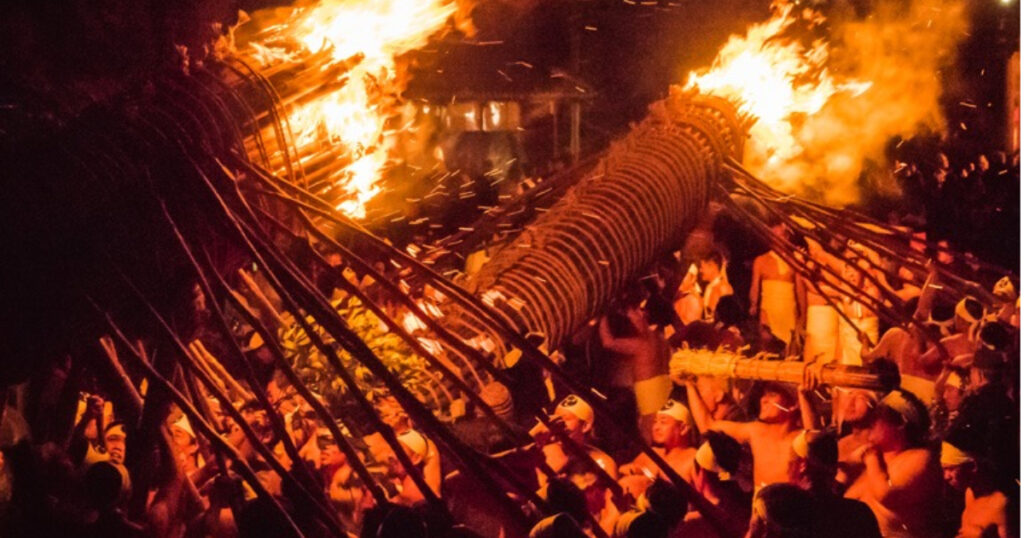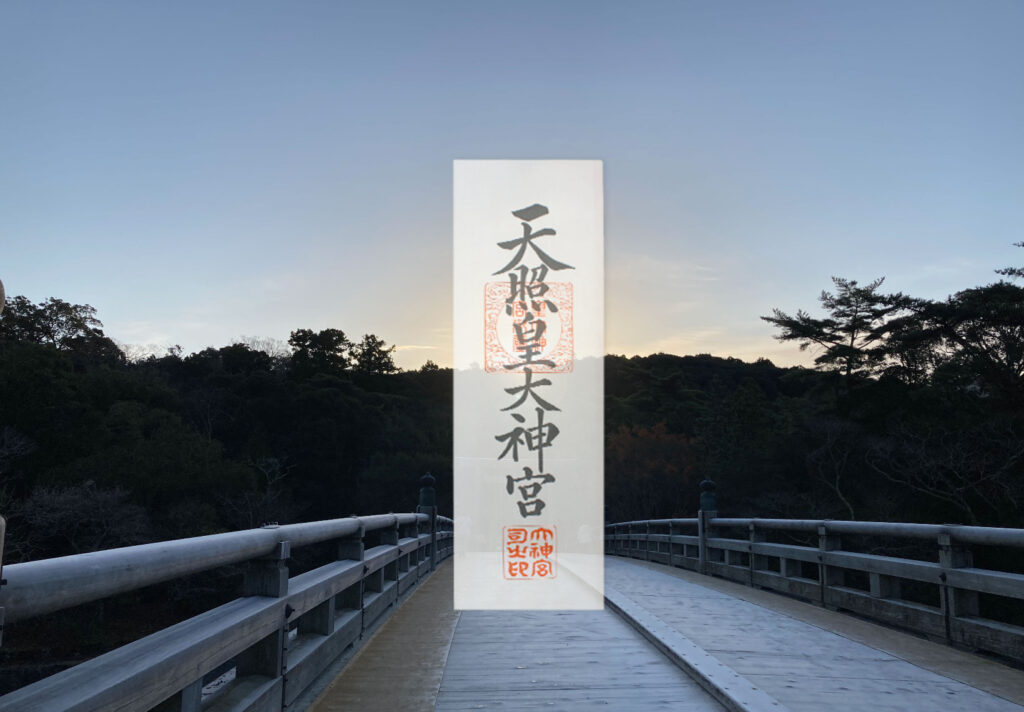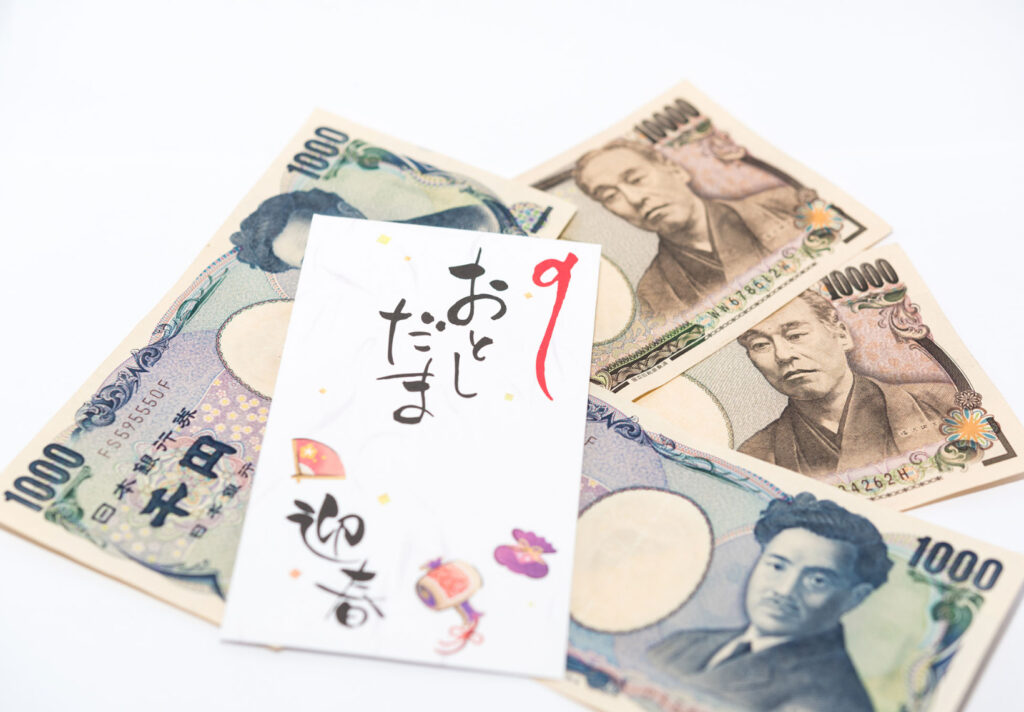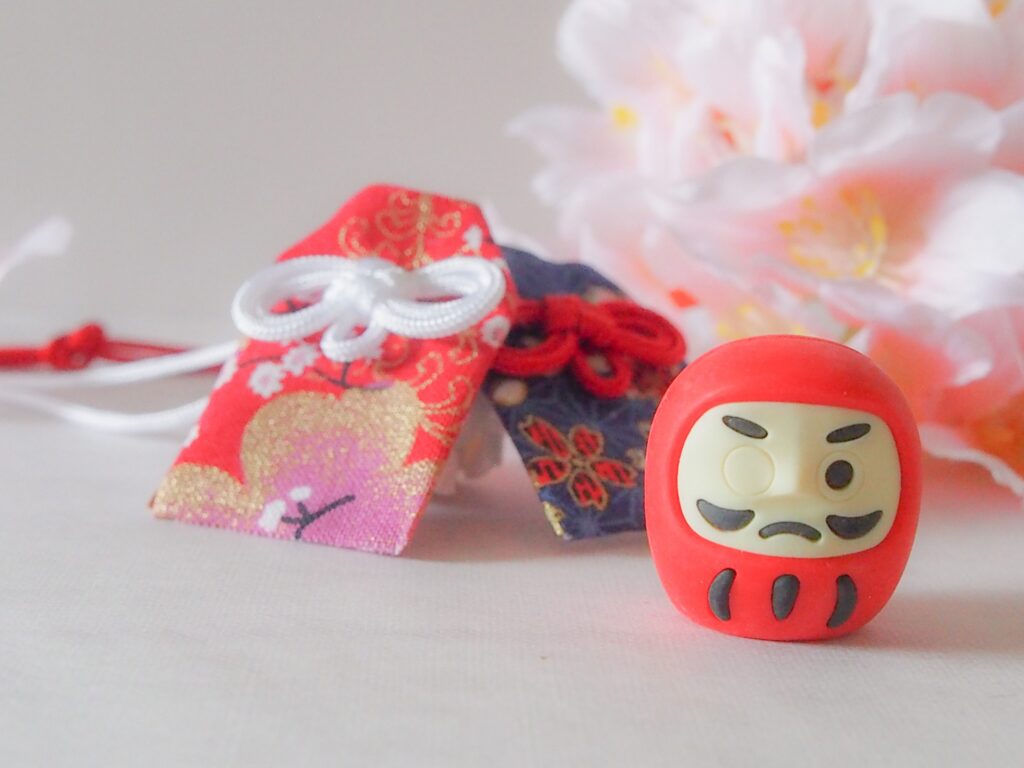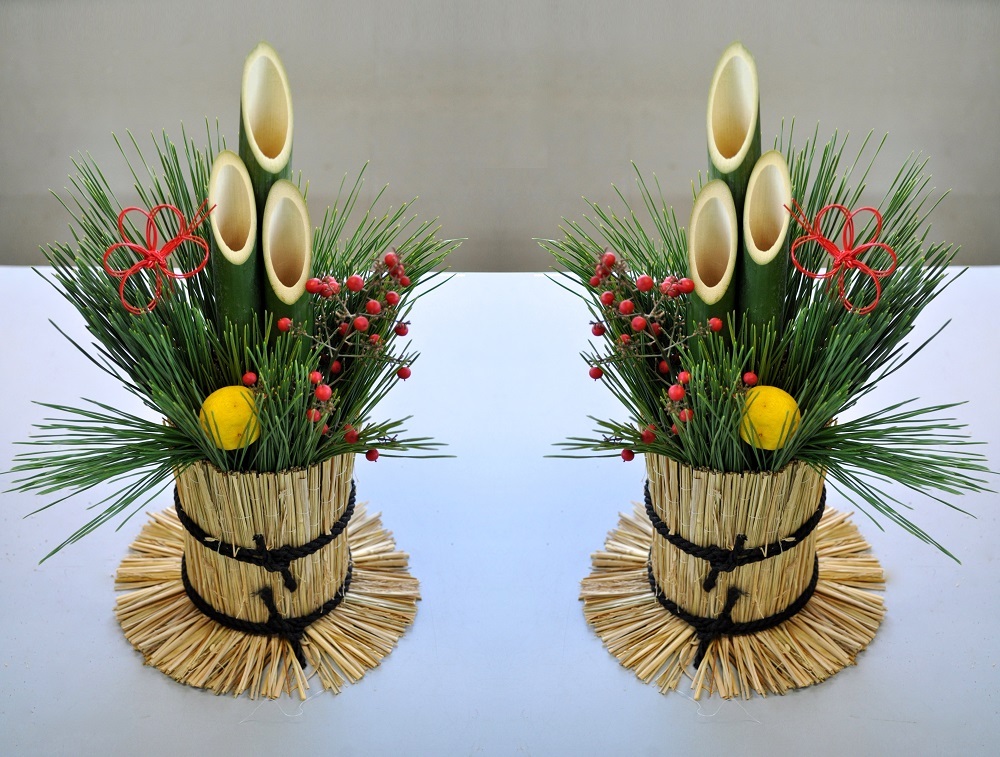About Japanese Lifestyle– category –
-

Randoseru – School Bags for Japanese Elementary School Students
Randoseru (school bags) are the schoolbag for Japanese elementary school students. Although the history of randoseru (school bags) is about 100 years old, th... -

Beware of Cedar Pollen: Yellow Pollen Flies over Japan in Spring
Hay fever is said to be one of the national diseases of Japanese people. Hay fever in early spring is caused by pollen from cedar or cypress trees. When the ... -

Hina Matsuri : Japanese Doll Festival – Origin, Dolls, How to Celebrate, Legends, etc.
March 3 is Peach Festival, the day of the Hina Matsuri (Girls' Day).What is Hinamatsuri for and what is it all about? 【What is the Hina Matsuri (Japanese Do... -

Hitou|3 Japanese hot springs that will make you beautiful
Hitou means a hot spring so wonderful that you want to keep it a secret. There are many hot springs throughout Japan, each with different types of hot water.... -

Valentine’s Day: Glimpses of the Japanese Expression of Love through Chocolates
February 14 is Valentine's Day. All over the world, love is celebrated in different forms. In Japan, in the past, it was a day for women to confess their lov... -

Mamemaki: Throwing Beans to Exorcise Evil Spirits in Spring
In Japan, there is a seasonal event called "mamemaki" (bean-throwing), in which beans are thrown at oni (ogres) during "Setsubun" in early February. After th... -

Oni: What is a Japanese Oni? Demon? Ogre? Japanese Slang/Idioms about Oni
The "Oni" in "Blade of Demons" (鬼滅の刃 Kimetsu no Yaiba) are depicted as terrifying creatures that feed primarily on humans. They have astonishing regenera... -

What are “Sagicho,” “Dondoyaki,” and “Sai no Kami” that conclude Japanese New Year’s events?
The Japanese New Year is marked by a variety of customs. The finale of these customs is on January 15, Koshogatsu. The events held on that night in various p... -

Precautions for blowing your nose in Japan
Japanese people slurp up noodles, but they do not like to have their noses bitten loudly nearby. It is not considered good manners to have people nearby in e... -

Japan’s Coming-of-Age Ceremony is in trouble! Raging Coming-of-Age Ceremony Rampage Video
Most Japanese people are well mannered and polite. But for some reason, there are a lot of people who go wild at coming-of-age ceremonies. This is a troublin... -

Seijin-Shiki: Coming-of-Age Ceremony and the day when the Largest Number of People wear Kimonos in a year
In Japan, on the second Sunday or Monday of January, ceremonies are held throughout the country to celebrate young people turning 20. Many women will wear Fu... -

The average life expectancy in Japan is 84.3 years. How about your country?
The country with the longest life expectancy is Japan. Average life expectancy in Japan is 84.3 years (82 years for men and 88 years for women). This data is... -

Omamori: Japanese Good Luck Charms, How to dispose of old, expired, or no longer needed charms
How long can you keep good luck charms that you got from shrines and temples in Japan or as souvenirs? Do they have an expiration date? Is there a specific w... -

Japanese seeking meaning in “first time in the year”
When the New Year arrives, "Hatsu - the first of the year" events are very popular in Japan. It was believed that the deity of the year would come to each ho... -

This year’s Japan’s zodiac signs is “Rabbit.
This year, 2023, we will see many illustrations and character goods of "Rabbit" in Japan. Until last year, it was "Tiger". Every year the featured animal cha... -

Various strange festivals in Japan that even Japanese people cannot understand
There are various traditional festivals throughout Japan that have been handed down from generation to generation. Among them, we have selected festivals tha... -

Oniyo, one of Japan’s famous strange festivals and the largest fire festival
Various religious events are held during the Japanese New Year. The most popular of these, and the one with the largest number of participants, is the "Hatsu... -

The god named “Amaterasu” is the most powerful god in Japan!
There are many gods in Japan. From the gods of the ancient Japanese faith and Shintoism to those of Buddhist origin, the number is infinite. Although "gods" ... -

The deeper meaning and correct usage of “Itadakimasu
Almost all Japanese say "Itadakimasu" before eating. Some say it out loud, while others say it in their hearts. There are also those who have the custom of s... -

Japanese New Year’s Greetings and New Year’s Gifts – Proper Etiquette
New Year's Day is the most important annual event in Japan. It is the day to welcome the gods (ancestral deities) into the house, so it is necessary to compl... -

Hatsumode: Japan’s National New Year’s Event
Hatsumode is one of the world's largest religious events. A total of more than 90 million people visit temples and shrines from January 1 to 3 every year. 【... -

Relationships among Japanese Deities
Even a single shrine has many deities, and people make requests to each of them. Some people have several amulets. 【Don't the Shinto Deities fight with each... -

Hatsu-Hinode: Reasons Why Japanese Worship the Sun
The sunrise on January 1 is called "Hatsu-Hinode" in Japan, and is regarded as something special and very gratifying. On the morning of January 1, TV program... -

Kadomatsu: Japanese Traditional New Year’s Entrance Decoration that brings Happiness
In Japan, in late December, bamboo and pine trees are decorated in front of the entrances to shrines, office buildings, stores, and homes.This is a tradition...
12

